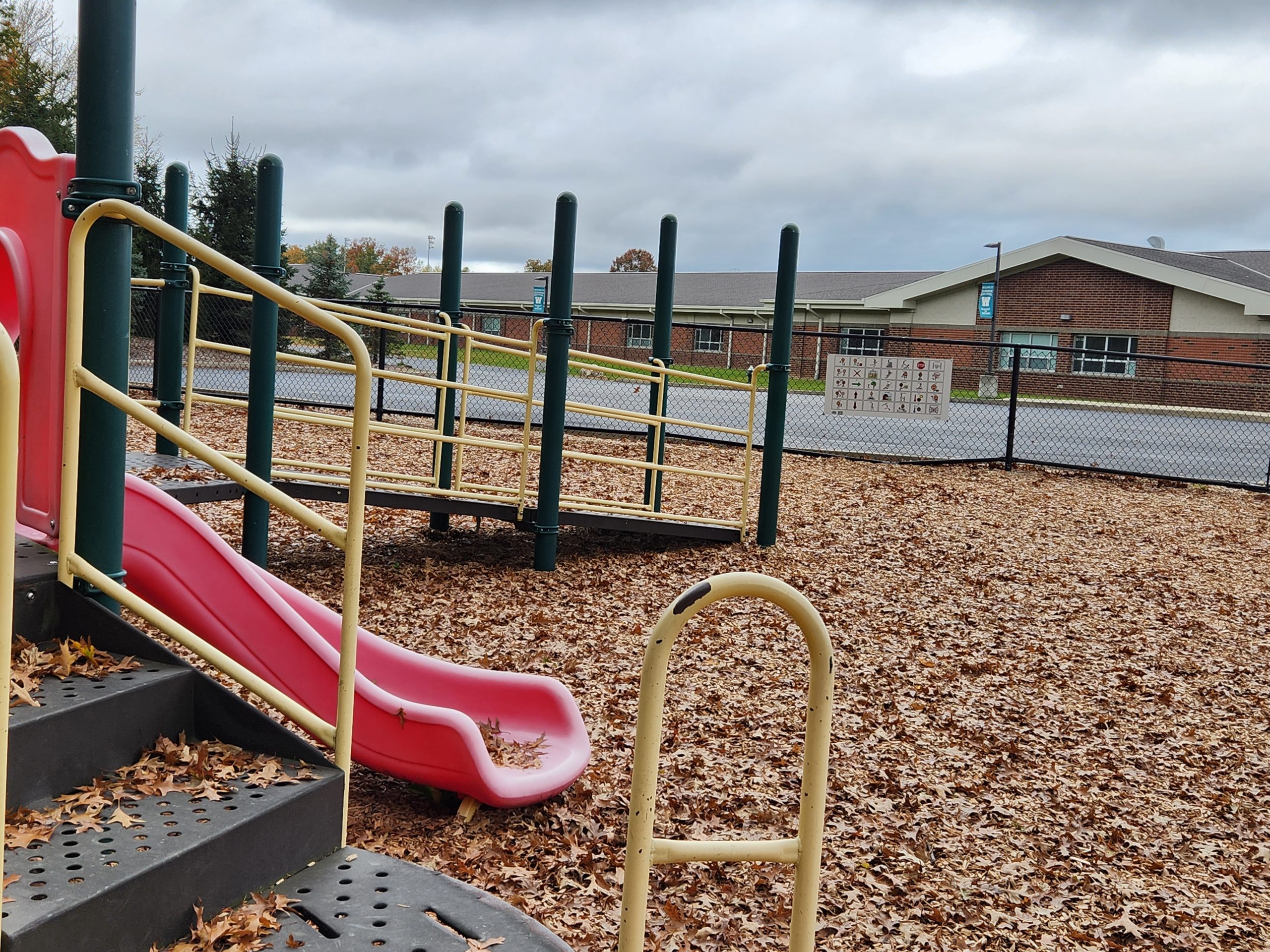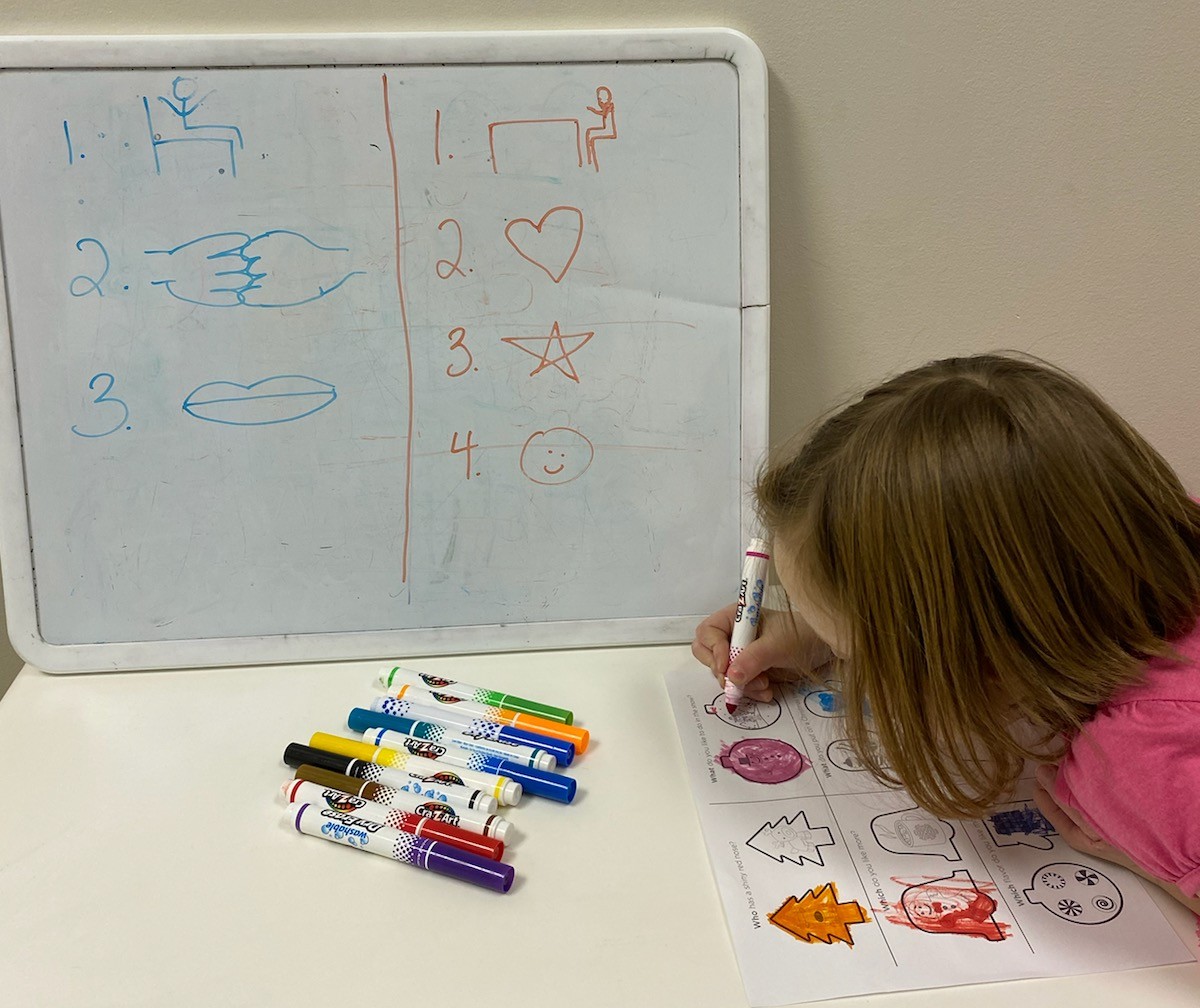For young leaders seeking to make a lasting impact through their Eagle Scouts or Girl Scout Gold Award projects, installing playground communication boards is not only a meaningful endeavor but one that can profoundly change the lives of children and families in their communities.
Continue readingHow to Survive After School Routines: A Guide for Parents
The after-school hours are a crucial time for reinforcing what your child has learned in school, but they’re also an opportunity for growth in other areas. We’ll share some practical tips to help you and your child navigate these busy hours.
Continue readingThe Importance Of Private Speech Therapy: Important To Consider
Many children receive speech therapy services at school, but onsidered augmenting these services with private speech therapy. In addition to school-based services, private speech therapy can make a significant difference in your child’s progress.
Continue readingHow to Advocate for Communication Boards: Community Engagement Guide
We are aware and understand the profound impact that communication boards can have in creating inclusive, accessible environments for all children. This comprehensive guide will provide the strategies and insights needed to advocate effectively for the installation of communication boards in your local municipalities.
Continue readingNew School Year: A Guide for a Smooth Start
Preparing for a new school year can be both exciting and overwhelming. With a bit of planning and some practical tips, we can make this transition smoother and more enjoyable for both you and your child.
Continue readingHow to Create Sentences: A Beginners Guide for AAC
Communication boards are essential tools in augmentative and alternative communication (AAC) used to support individuals with speech and language differences. For those unfamiliar with AAC, creating sentences using core words on a communication board might seem daunting.
Continue readingHow to Communicate When Your Conversation Partner Uses a Communication Board
Effective communication is essential for connecting with others, sharing ideas, and building relationships. For individuals using speech-generated devices (SGDs) or communication boards, interaction can be a bit different.
Continue readingRevealing The Impact Of Communication Boards In Lowell, MA
July marks Parks and Recreation Month, a time to celebrate the vibrant public spaces. We turn our focus on Lowell, Massachusetts, where an innovative approach to inclusivity has made a significant positive impact on the community.
Continue readingHow To Create Genuine Connections:Powerful Impact of Communication Boards
Playground communication boards have emerged as a powerful solution to bridge the gap and facilitate meaningful relationships, especially for individuals with communication challenges.
Continue readingHow To Increase ADA Compliance: Communication Boards
In the realm of ADA compliance for playgrounds, it’s crucial to prioritize communication boards alongside physical accessibility. While physical access is essential, integrating communication boards significantly enhances playground inclusivity for individuals with disabilities.
Continue reading











